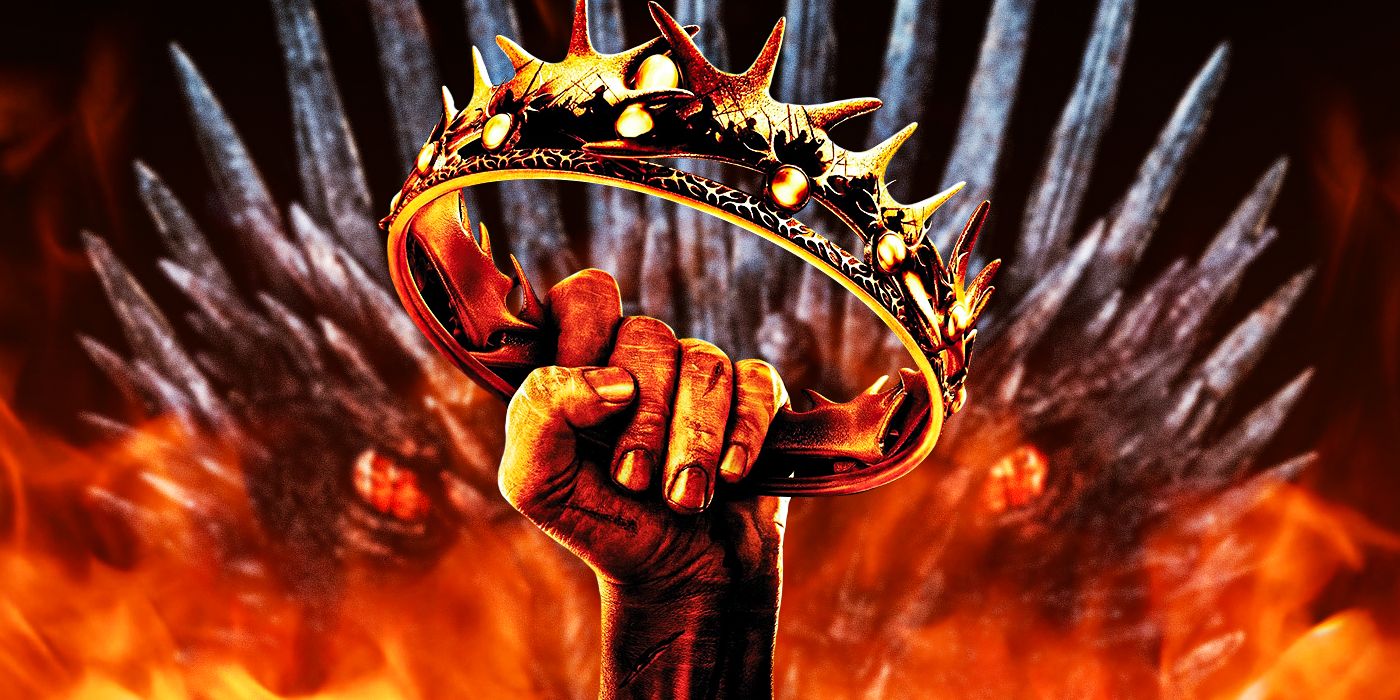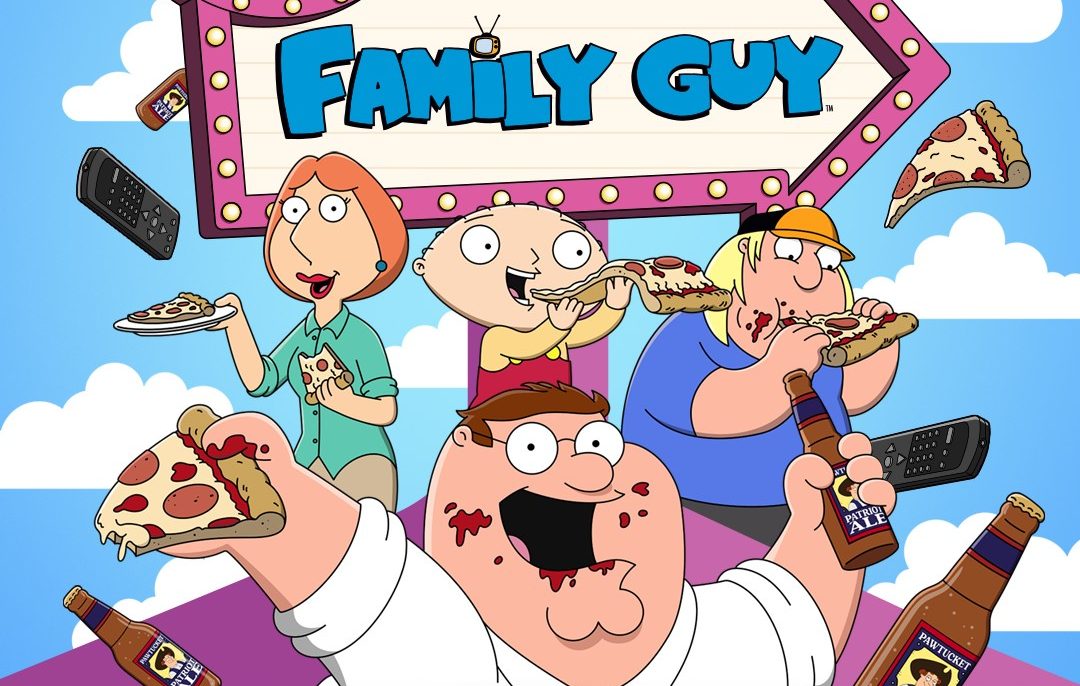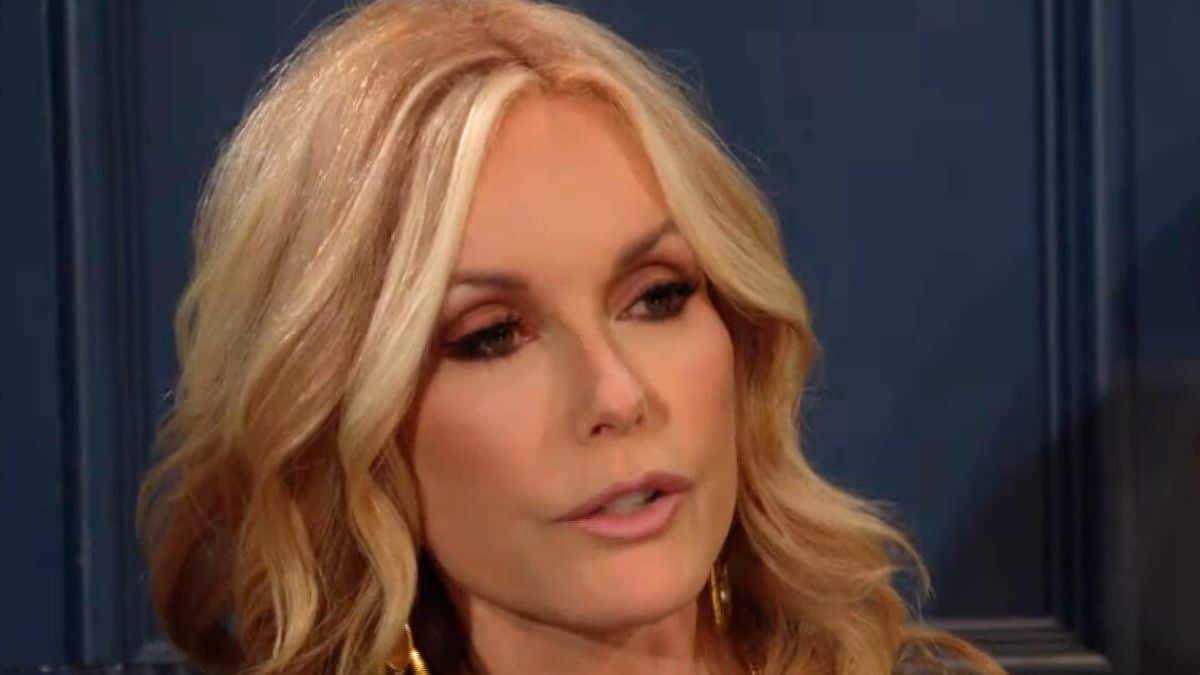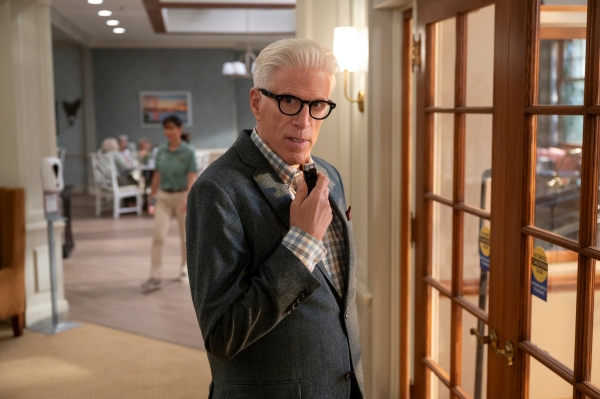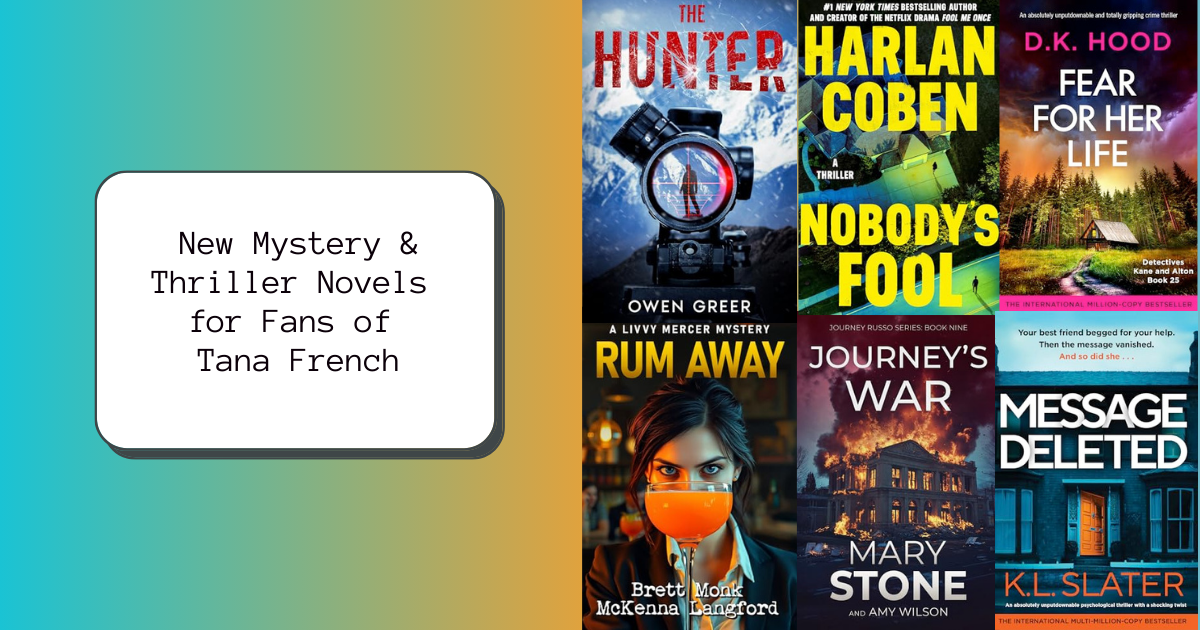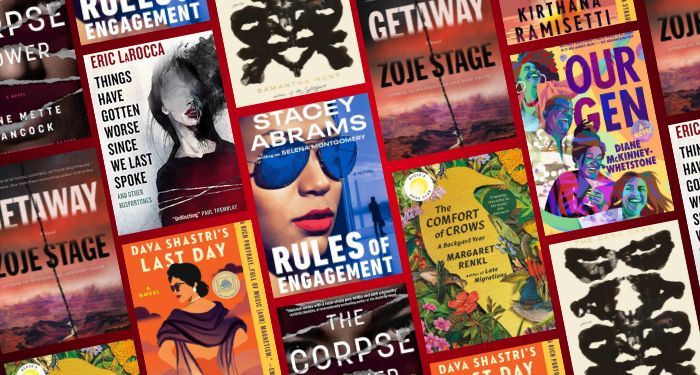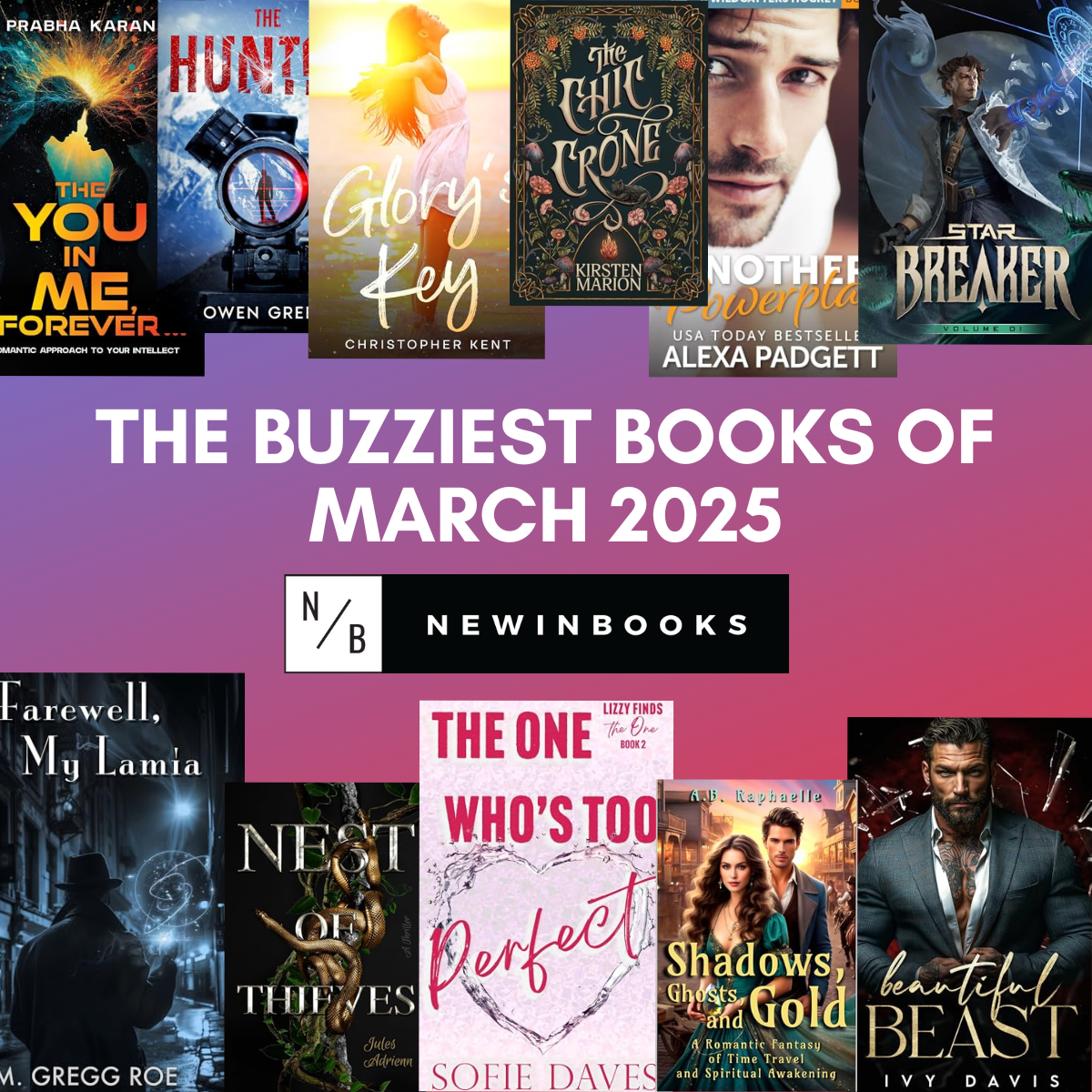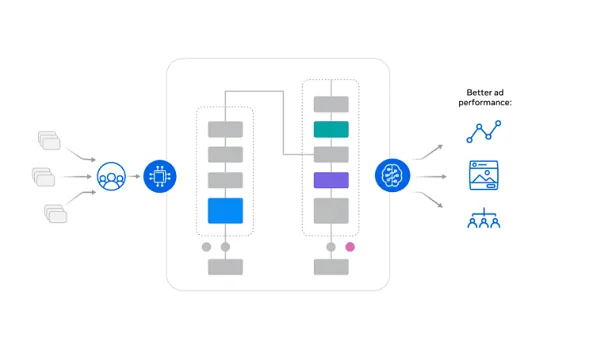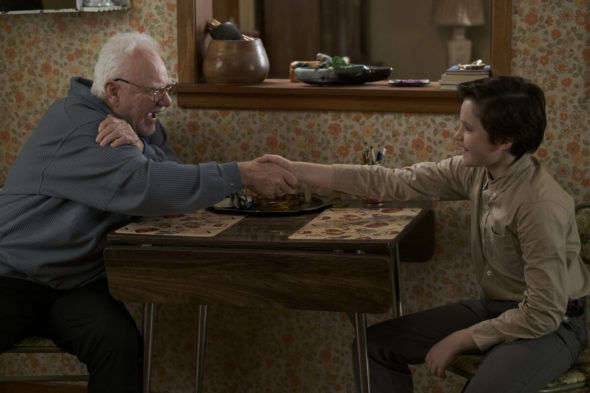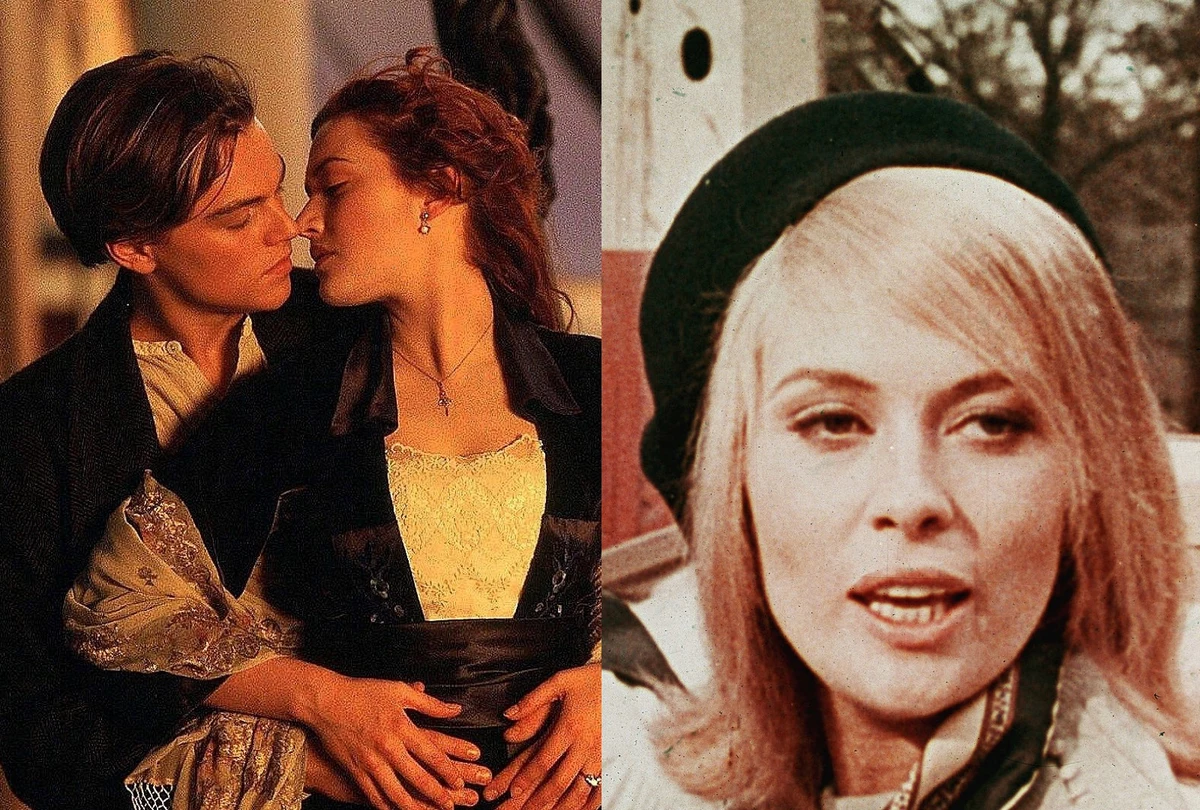The Big Picture
- Dystopian YA films became popular during the 2010s due to the success and love for dystopian and fantasy YA novels like The Hunger Games, Divergent, and The Maze Runner.
- The boom of dystopian YA films eventually ended because the stories became repetitive and lacked the immersive worldbuilding of the novels.
- While the dystopian genre may not make a comeback, there is a rise in book-to-film adaptations in general, with an emphasis on bringing more novels to the big screen.
In 2012, the release of the dystopian film The Hunger Games had a major impact on the young-adult film landscape. Kids wore heroine Katniss Everdeen’s (Jennifer Lawrence) side braid to school and always had a book from the critically-acclaimed trilogy, written by author Suzanne Collins, on hand. The film also helped set off a brief but saturated period of fantasy films that portrayed a cruel world that forced young people to fight for their mere survival. Many series that painted this harsh picture, like The Maze Runner and Divergent, were released within the short, dystopian film era. By 2018, the intense demand for these YA stories had disappeared almost completely and moved into other types of coming-of-age stories. The excessive depiction of various dystopian worlds may have been fleeting, but it undoubtedly had its moment. What brought about the era of YA dystopian films in the first place, and why did it end? With the recent boost of nostalgia following the release of The Ballad of Songbirds and Snakes, will the subgenre have a resurgence?
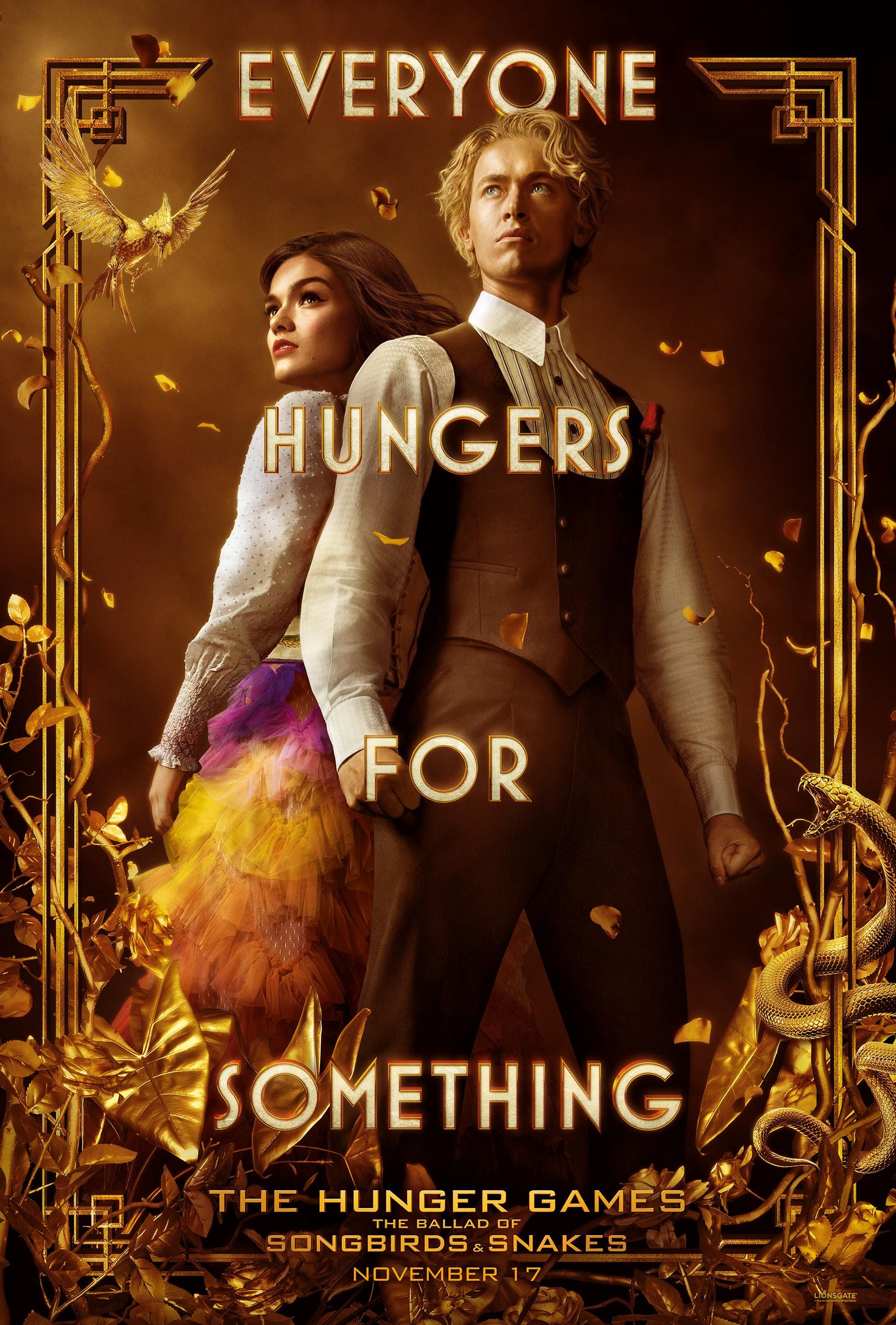
The Hunger Games: The Ballad of Songbirds and Snakes
The Hunger Games: The Ballad of Songbirds and Snakes follows a young Coriolanus (Tom Blyth) — the last hope for the once-proud Snow family — who is reluctantly assigned to mentor Lucy Gray Baird (Rachel Zegler), a tribute from the impoverished District 12 for the 10th Hunger Games. Snow sets out on a race against time to survive and reveal if he will become a songbird or a snake.
- Release Date
- November 17, 2023
- Rating
- PG-13
- Runtime
- 165 minutes
Most of the Dystopian Era Was Made Up of Book-to-Film Adaptations
The films produced during this era of film were far from the first dystopian films to be made. The first movie of its kind is considered to be Fritz Lang‘s Metropolis, and has since been followed by a plethora of classics. One key factor of previous dystopian films that is similar to the 2010s dystopian film period is that most of these movies were adapted from novels. Some of your favorite futuristic stories on screen, such as Blade Runner, A Clockwork Orange, and V for Vendetta, were books or graphic novels beforehand.
However, the biggest difference between pre-2000 classics and the ones from the 2010s dystopian frenzy was the target demographic: young people. One of the most prominent causes of this phenom that had everyone running to movie theaters was the love that dystopian and fantasy YA novels were getting in the years leading up to it. Book series like Maximum Ride and Matched were fuel to the fire for avid readers. Dystopian novels sometimes had fantasy elements, but always followed protagonists that needed their wits, resourcefulness, and quick-thinking in order to survive unforgiving circumstances, whether it be world-destroying monsters or a cutthroat government system that watches their every move. These series often included romantic plots, as well as commentary on real-life events and society.
Thus began the obsession with dystopian YA films. The release of Gary Ross‘ The Hunger Games off the phenomenon and was followed by other book-to-film adaptations like Ready Player One, The 5th Wave, The Giver, The Maze Runner, Divergent, and more. The latter two, as well as The Hunger Games, continued as franchises, as their respective book series intended. The films were met with raging success, until they weren’t.
The Era of YA Dystopian Films Ended When They Became Boring
The boom of dystopian stories went strong for a few years, helped almost entirely by fans of the source material. There was also the matter of the Harry Potter-sized void experienced by moviegoers and the box office, with the film franchise ending just one year before the release of The Hunger Games. New fantasy stories for young people with a futuristic twist were a solid antidote to that void, and it worked for a while. However, less than a decade later, there was no sign of the dystopian craze of previous years. Box office performances for these franchises decreased slowly but surely, leading to a quiet fizzle-out at its end instead of a bang. So, what happened?
To start, the passion for YA novels that took place in a dystopian setting eventually died out. What followed was an increase in popularity for coming-of-age and romance stories that were rooted in realism, rather than in surreal settings like a game arena or creature-infested maze. In terms of subgenres on the rise at the time, the closest to dystopian was fantasy and historical fiction. By 2018, almost none of the most popular books had dystopian elements, according to Goodreads.
As for the content of films like The Giver and The Maze Runner, its themes and plotlines eventually became stale. While the stories of Katniss and Tris Prior (Shailene Woodley) were exciting at first, the on-screen adaptations were never able to transcend beyond their source material or their genre’s tropes. While their respective books had the time to go into significant detail, making their fictional worlds feel immersive and realistic, their adaptations were rarely able to do the same. With The Giver film, many elements that made the world so terrifying and the stakes so high did not make it onto the screen, leading the film to fall flat and simply blend into the dystopian film frenzy it was born in. This was also the case with The 5th Wave, another casualty of the era. While the apocalyptic circumstances of protagonist Cassie Sullivan (Chloë Grace Moretz) were eerie and compelling, the film fell into stereotypical traps of previous dystopian entries and simplified the story and its female protagonist to a love triangle. The longer the dystopian craze continued, the more obvious it became that the films were not exactly being made to satisfy the audience.
Additionally, many studios never quite learned how to portray a dystopian world on the big screen. The key to a successful story, especially in the case of portraying a false utopia, is worldbuilding. Authors like Collins and Veronica Roth created and developed characters, as well as entire fictional governments, from scratch. While it is not unusual for films to leave out major details from their source material, there seemed to be more of an impact on dystopian adaptations. Many later submissions of the YA era felt cold, bleak, and mechanical, which was evident in the way the films looked. The generic and industrial futuristic film eventually became the default in terms of visuals and tone. Ultimately, star power and solid performances cannot save films that neglect to include the novels’ heart and passion in their adaptations. The demand for films like The Hunger Games slowed to a screeching halt almost as soon as it began, so much so that the Divergent franchise could not even put out a final installment.
|
The Hunger Games |
2012 |
|
Catching Fire |
2013 |
|
Divergent |
2014 |
|
The Giver |
2014 |
|
Mockingjay: Part 1 |
2014 |
|
The 5th Wave |
2015 |
|
Insurgent |
2015 |
|
Mockingjay: Part 2 |
2015 |
|
Allegiant |
2016 |
|
Ready Player One |
2018 |
|
Fourth Divergent Film |
Cancelled |
There Will Be a Rise in Book-to-Film Adaptations, But Not Necessarily Dystopian Ones
However, readers and moviegoers recently remembered their love for the subgenre with the newest installment in The Hunger Games franchise, the most timeless and original of the 2010s dystopian fad. The Ballad of Songbirds and Snakes serves as a prequel and villain origin story from the novel by Collins published in 2020. The latest entry starring Tom Blyth and Rachel Zegler found a way to avoid issues that held back previous films in the genre, building upon the more interesting and mysterious elements of Panem without harping on the completed story of the original trilogy.
Only the most loyal film adaptations of dystopian stories would be able to revitalize the previous passion for the genre, and its heyday will most likely remain in the 2010s. As for YA fantasy and book-to-film adaptations in general, there has already been more emphasis on bringing more novels to the big screen. The rise of book content on social media has helped bring reading back in style, and recent favorites like A Court of Thorns and Roses and Fourth Wing are on their way to also becoming your new favorite TV show. Other critically-acclaimed books, both old and new, such as Eileen, Poor Things, The Color People, and Percy Jackson, are also getting book-to-screen treatment this year. So, while the dystopian craze of the 2010s most likely will not be back anytime soon, a new wave of adaptations is undoubtedly on its way.
The Ballad of Songbirds and Snakes is now playing in theaters.







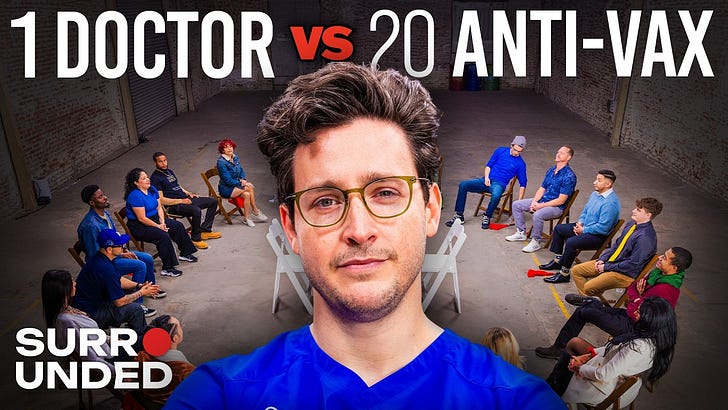


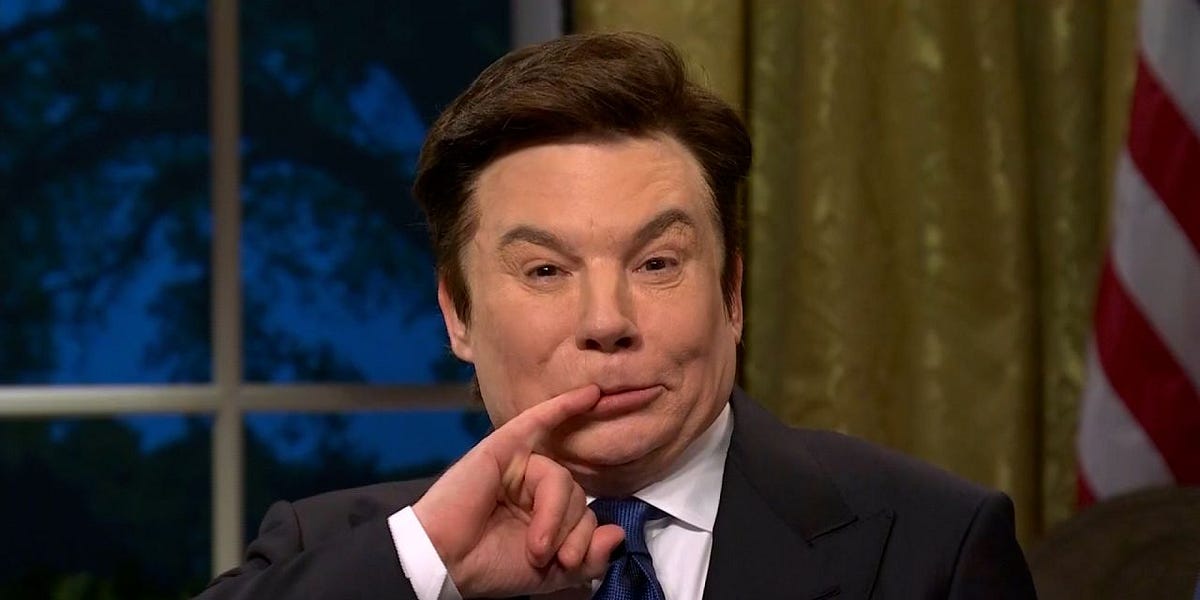
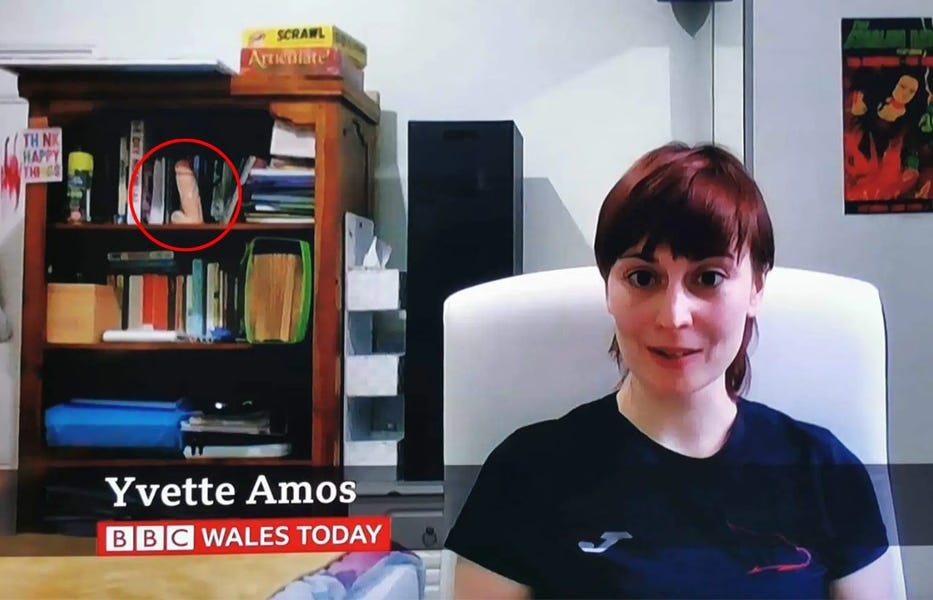


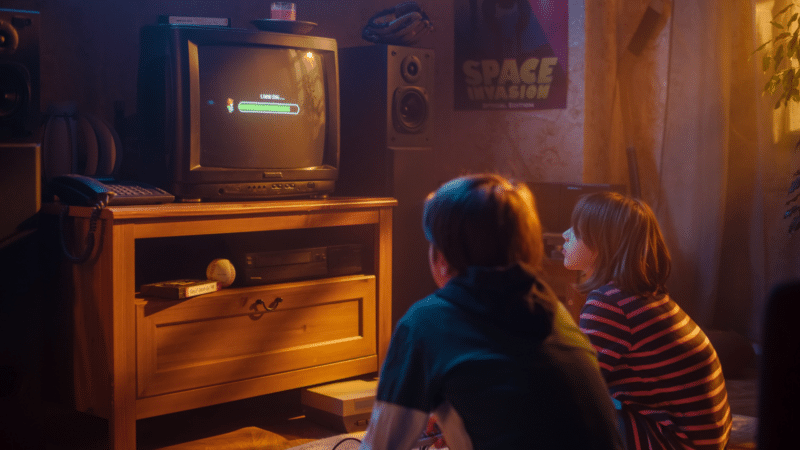










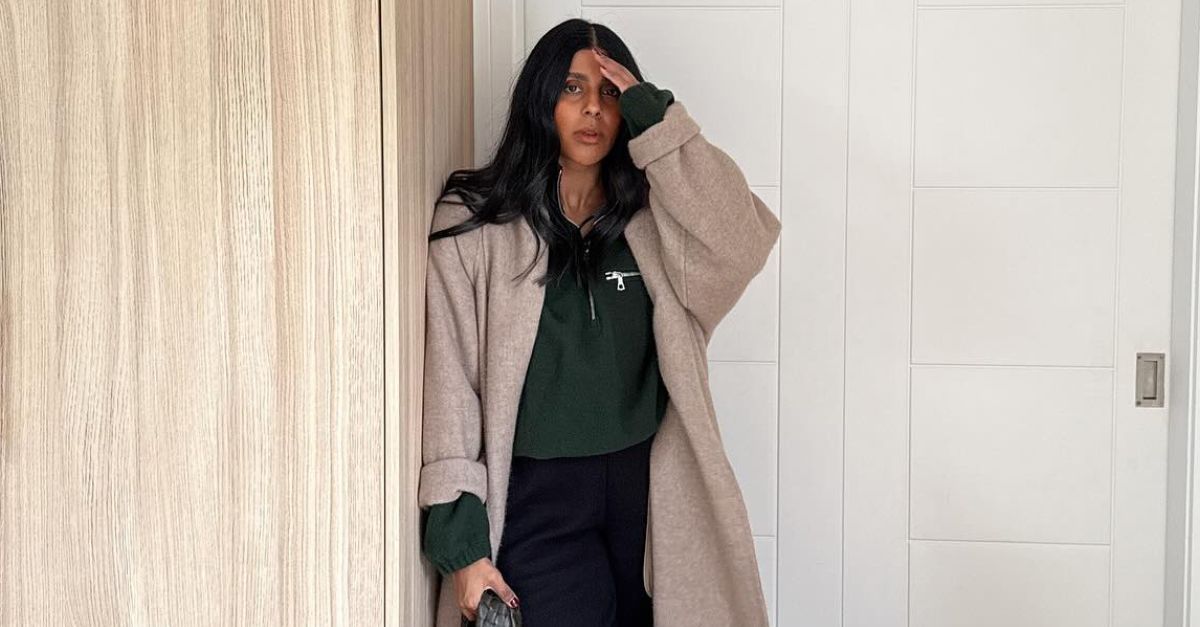
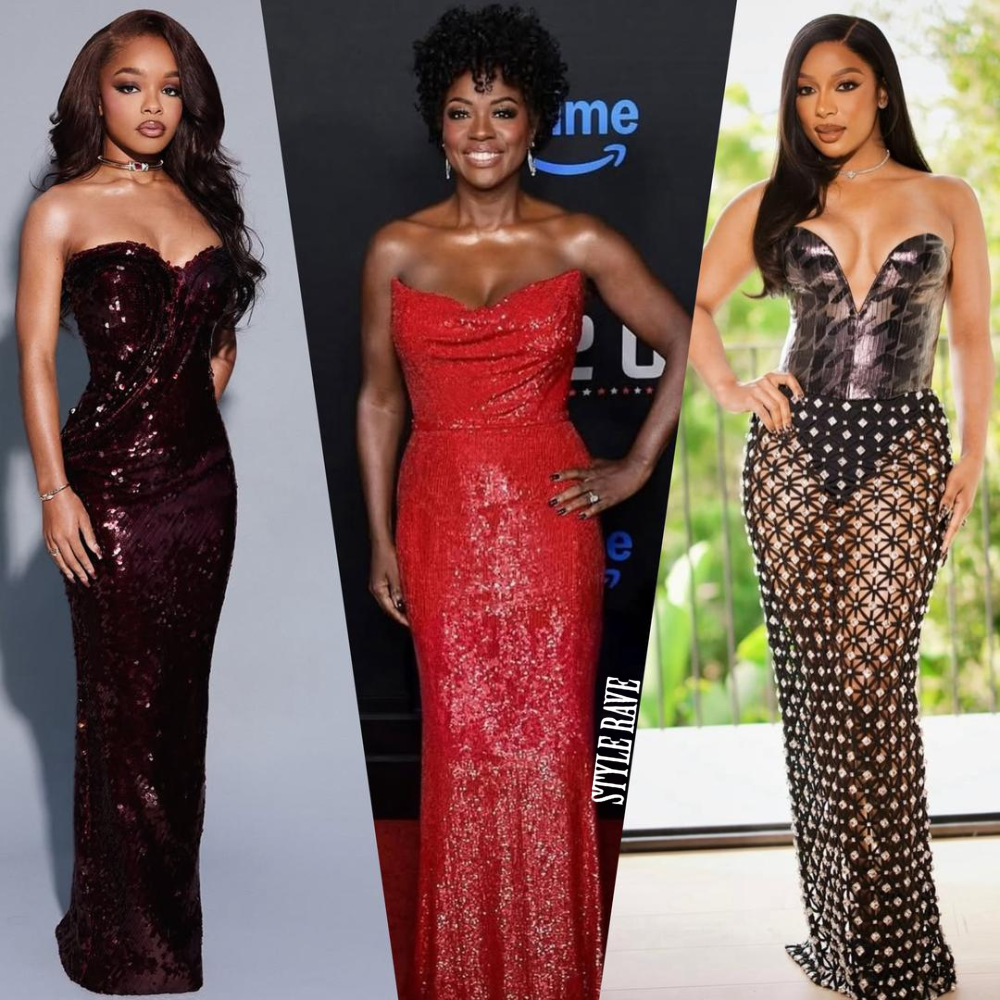


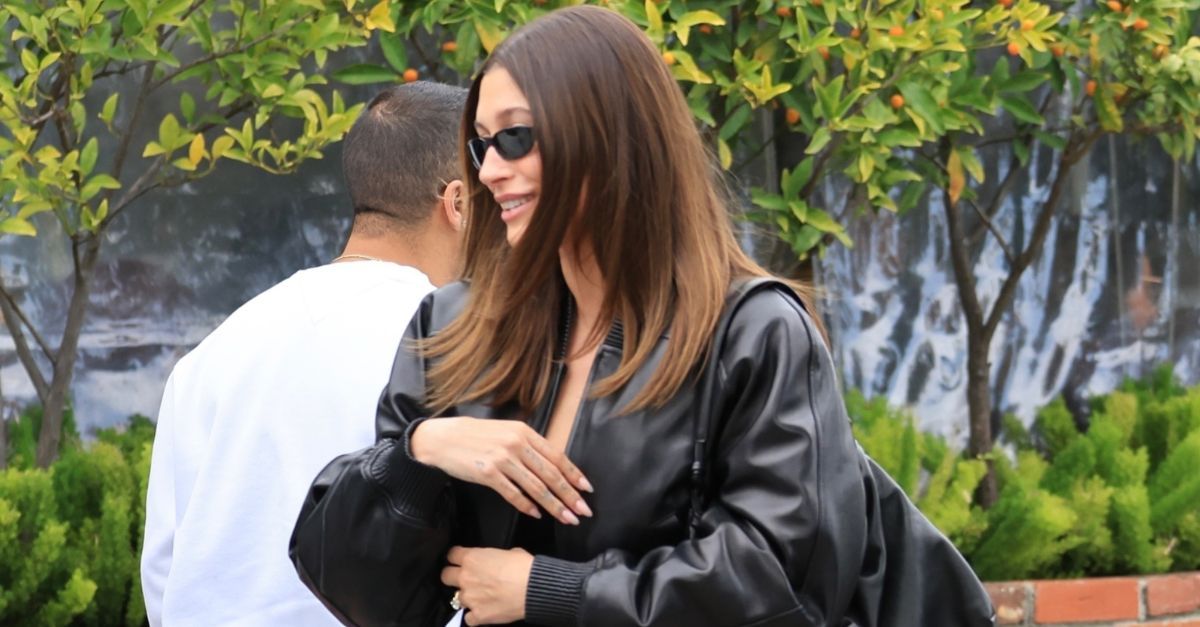









![Spider-Man Is Back in Black With the Green Goblin in New Funko Pop! Figures [Exclusive] Spider-Man Is Back in Black With the Green Goblin in New Funko Pop! Figures [Exclusive]](https://static1.colliderimages.com/wordpress/wp-content/uploads/2025/03/spider-man-the-animated-series-green-goblin.jpg)


